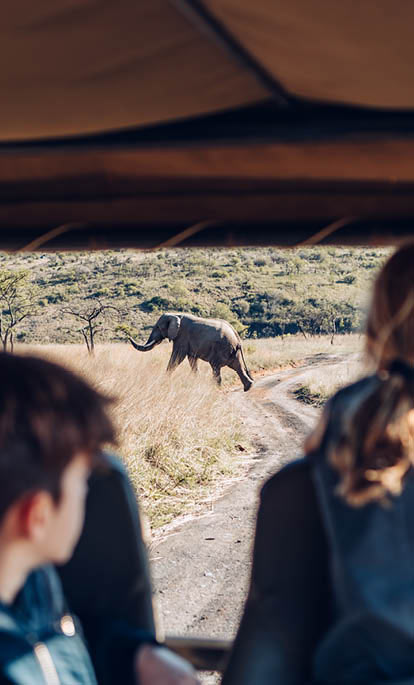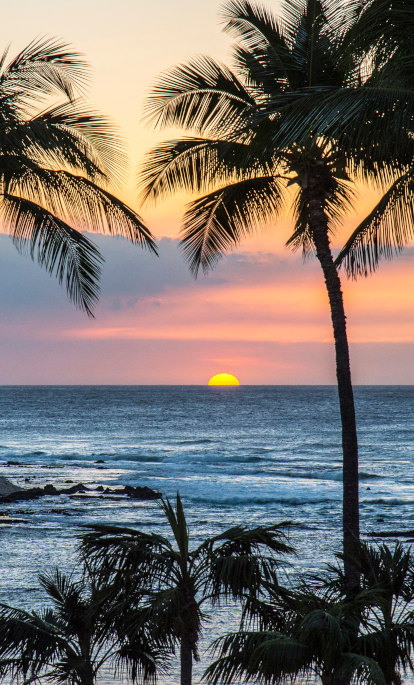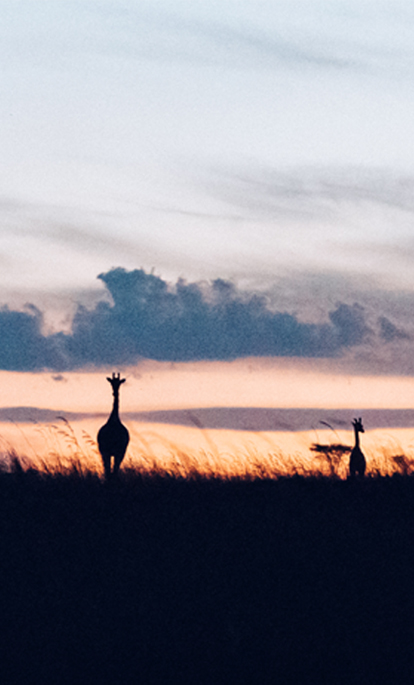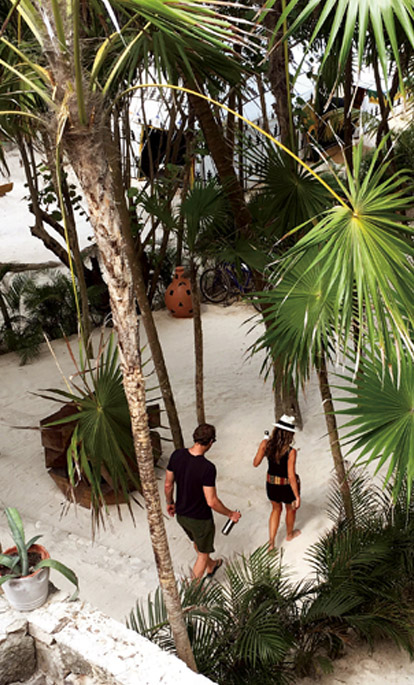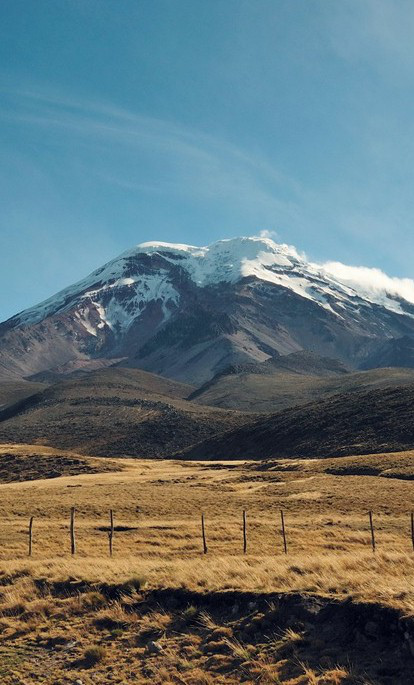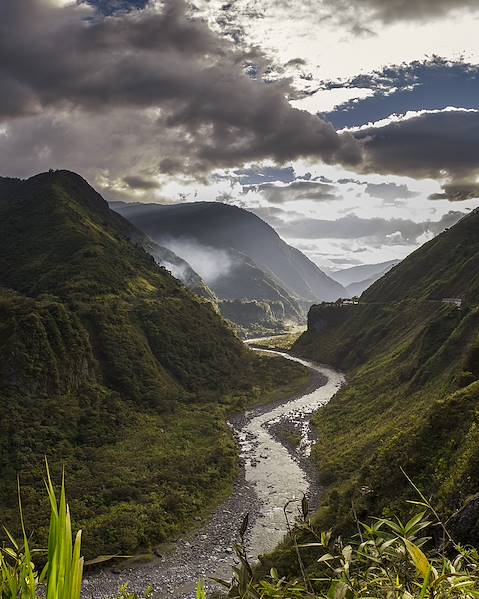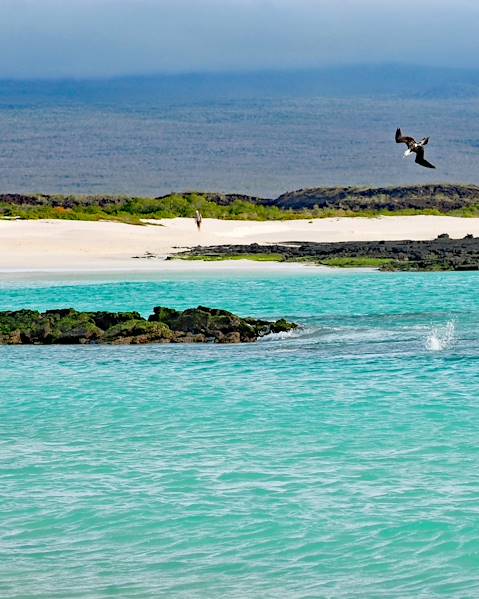Ecuador, the only country in the world named after a geographical feature (the Equator), hosts incredible diversity within its close borders. Covering just under 100,000 square miles, this compact country is home to four major geographical regions, offering visitors the ability to drive from the rainforest, through the Andes, and to the coast in a day. Then just a short flight from the shoreline, the astonishing Galápagos Islands await. With a wealth of natural, anthropological and cultural wonders at its fingertips, this megadiverse South American gem should be on everyone’s bucket list. Read on for more details on the contrasting and awe-inspiring geography of Ecuador.
One Country: Four Worlds
The geography of Ecuador comprises four distinct ecosystems: the rough and rugged terrain of the towering Andes in the centre, the tropical rainforests of the Amazon in the east, the Pacific coastal lowlands in the west, and the sun and sand-laden Galápagos Islands off the coast. Most of the country’s land mass is covered by equatorial forest, while the rest consists of cultivated agricultural areas, arid scrubland near the coast, and barren mountain ranges with 22 peaks over 14,000ft high – including chart-topping Chimborazo at 20,561ft. The variations in altitude largely determine the weather conditions. The highlands have a year-round temperate climate, and a humid sub-tropical climate exists in low-lying coastal areas and rainforests.
The Andes (‘La Sierra’)
The Andes Mountains form the backbone of the country, running north to south through the middle of Ecuador. Quito, the world’s highest capital city, is located in the Andes, as is Cuenca. Most of Ecuador’s 28 volcanoes are in the highland region, with others in the Amazon and the Galápagos Islands. Due to its high elevation, ‘La Sierra’ has cool, spring-like weather with lots of sunshine. The altitude can cause headaches and nausea, and it usually takes a few days for visitors to the region to adjust. As well as exploring the area’s two principal cities, travellers can enjoy the colourful markets, charming colonial architecture and highland haciendas, while outdoor adventures abound in the mysterious cloud forest, volcanoes, national parks and hot springs. Rich in culture and nature, the area is home to 15 different ethnic groups, and an environment of wild peaks, serene countryside and epic vistas.
The Amazon (‘El Oriente’)
Lying east of the Andes, the Amazon Rainforest hosts the world’s most biologically diverse natural habitats. Home to millions of species of plants, mammals, birds and insects, it’s the country’s largest region. Known locally as ‘El Oriente’ (‘oriente’ means ‘east’ in Spanish), the area features three active volcanoes: Sumaco, Sangay and El Reventador. Several indigenous communities call the Amazon home, including the Huaorani, Ashuar, Shuar, Kichwa, Quijos and Siona Sequoia. Visitors to the region can learn about ancestral traditions, customs and medicinal plants, as well as discovering its incredible flora and fauna. Travelling in the Amazon promises the adventure of a lifetime.
The Pacific Coast (‘La Costa’)
The Pacific Coast – or ‘La Costa’ – is a lowlands region that runs along Ecuador’s western shoreline. As well as being home to dense mangrove forests, lush rainforests and rapid rivers, it’s the location of Ecuador’s most populous city. Guayaquil’s beauty and culture have earned it the nickname the ‘Pearl of the Pacific’, while its vicinity to the Galápagos Islands makes it a prime stop before experiencing one of Earth’s great marvels. Unlike the Andes, ‘La Costa’ boasts a tropical climate and is hot and humid most of the year. With beautiful beaches and miles of coastline, visitors to this region can enjoy a wide range of activities from diving to whale watching, surfing to paragliding, and everything in between. What’s more, ‘La Costa’s’ tasty cuisine is sure to delight even the most demanding palate.
The Galápagos Islands
One of the world’s greatest natural wonders, the Galápagos Islands are located just 600 miles off the Ecuadorian coast, in the eastern Pacific Ocean. The archipelago is made up of 13 main islands, six smaller islands and over 100 tiny islets and rock formations. The largest of the islands is Isabela, which is approximately 80 miles long, constitutes half of the land mass of the Galápagos, and is home to the Wolf Volcano – the highest point of the archipelago. Environmental conditions make the Galápagos a unique island ecosystem. Although located near the equator, they receive cool ocean currents, allowing for an unusual mix of tropical and temperate climates. For most of their history, the islands have been extremely isolated. This combination of factors created a laboratory for the evolution of plant and animal species not found anywhere else in the world. Giant tortoises roam misty meadows, sea lions loll on pristine beaches, Iguanas bask on sun-baked lava, while sea turtles, rays and reef sharks swim alongside snorkellers in aquamarine waters. Paddling this primeval paradise is a privilege few people get to enjoy, and these ‘enchanted isles’ remain every bit as miraculous and magical as they were when explorers and pirates first landed on their volcanic shores over 500 years ago.
Whether you want to explore its magnificent Andean peaks, picturesque coast, lush rainforest, or the mind-blowing Galápagos Islands, the unique geography of Ecuador never ceases to impress. Our expert advisers are on hand to make your dream trip a reality – it might just change your understanding of the natural world.
